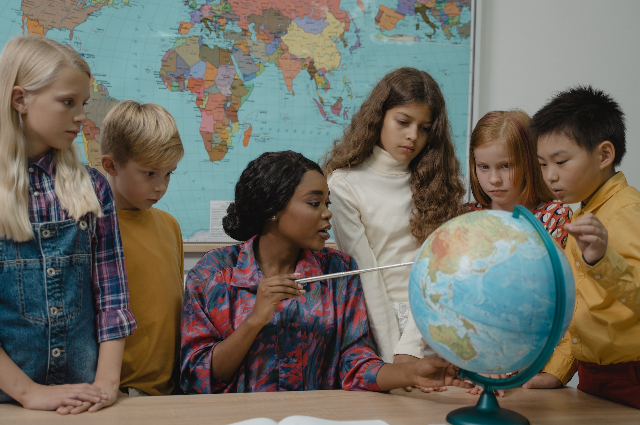
Controversies in History and Social Studies Curriculum:
A Critical Analysis
Introduction:
History and social studies curricula around the world have become hotbeds of controversy, as the interests of the governments of that time are mostly reflected in these textbooks. Governments have an eagerness to intervene in determining the social consciousness of future generations. This essay aims to discuss how the aspirations of the administration become the subject at the stages of curriculum revision and syllabus preparation, with each party keen to define the pluralistic society as its own.
Politics and the Curriculum:
Governments are afraid to drop all historical facts that do not favor them from the curriculum at once. Hence, exclusions and additions that serve their interests in small doses are often practical. As a result, certain historical events, such as Gandhi's assassination, Azad, Mughal rule, Emergency, Gujarat Genocide, and the Naxalite movement, partially or entirely disappear from textbooks. The reasons for such omissions become apparent as they reflect the interests of those in power. For instance, Gandhi will always be a thorn in the side of those involved in his assassination, while the Mughals are seen as foreign aggressors. The administration's intervention in the curriculum is to erase certain dark chapters from Indian history, which reflects state terror unleashed during the Emergency or the Naxalite movement.
Social Studies at the School-Level:
History teaching is an engaging process that calls for both teachers and learners to become co-creators of the learning environment. However, classrooms have turned into places where information transfer takes place, with no room for critical thinking. The teaching of social studies has become solely focused on the outcome of each unit, resulting in the broader objectives of social studies being forgotten. To grow as a socially conscious and civic-minded person by critically analyzing the way the society he lives in was formed and its social, political, and economic developments should be the primary goal of social science studies. When education's sole purpose is to pass exams and obtain high scores, teaching becomes nothing more than handing out textbooks. Studying becomes a matter of memorizing class notes and completing assignments. Constructivism, social constructivism, and critical pedagogy have been part of our school curriculum for nearly two decades, but social science has become one of the most neglected subjects due to the curriculum load.
Methodology of Historical Study:
It is crucial to be clear about what the methodology of historical study should be. Children should learn about citizenship, nationalism, popular movement, and more. However, it will take years to study the history of the formation of a state like Kerala, which begs the question of how long it will take to learn the history of the nation and the world. Looking at the curriculum load of social science textbooks, one wonders if curriculum designers are not thinking about social science-based learning and critical teaching practices.
The Learning Process:
Activities in the textbook should emphasize the learning process rather than the learning product. Currently, social science textbooks have many barriers to process-based communication in classrooms. Discussion/debate, seminar, note-taking, chart-making, tabulation, album making, and film screening are all hints at process-based learning. The focus should be on facilitating a learning environment that engages students in critical thinking and analytical reasoning.
Conclusion:
In conclusion, the way history and social studies are taught in schools is a matter of great concern. The interests of those in power often dictate what is included or excluded from the curriculum, leading to a biased understanding of the past and present. It is essential that teachers and students become co-creators of a learning environment that promotes critical thinking, engagement, and civic-mindedness. This requires a shift from information transfer to process-based communication and active learning. Only then can we hope to create a society that is inclusive, pluralistic, and socially conscious. It is time to take a hard look at our history and social studies curricula and work towards a more balanced and inclusive approach to education.
